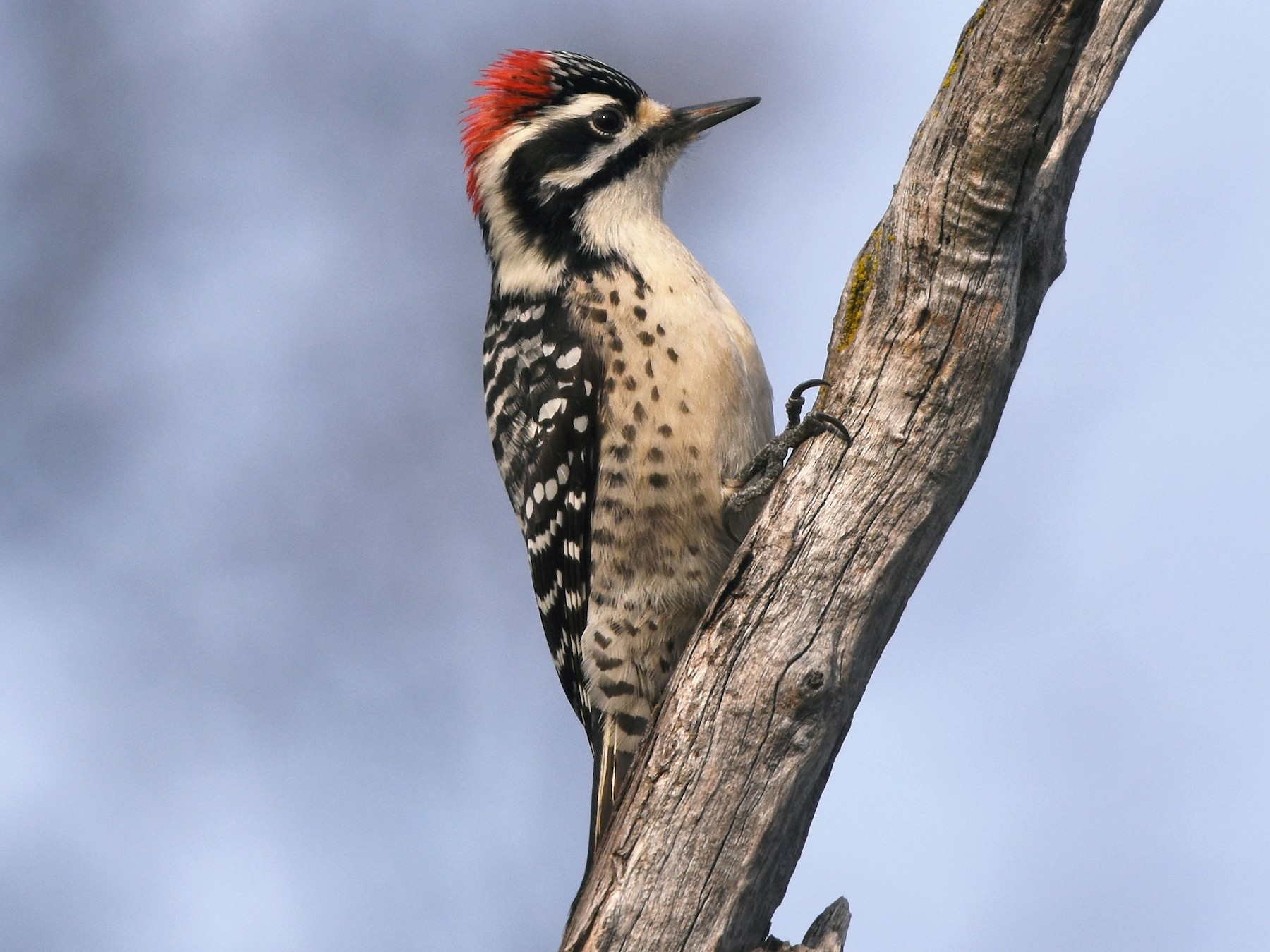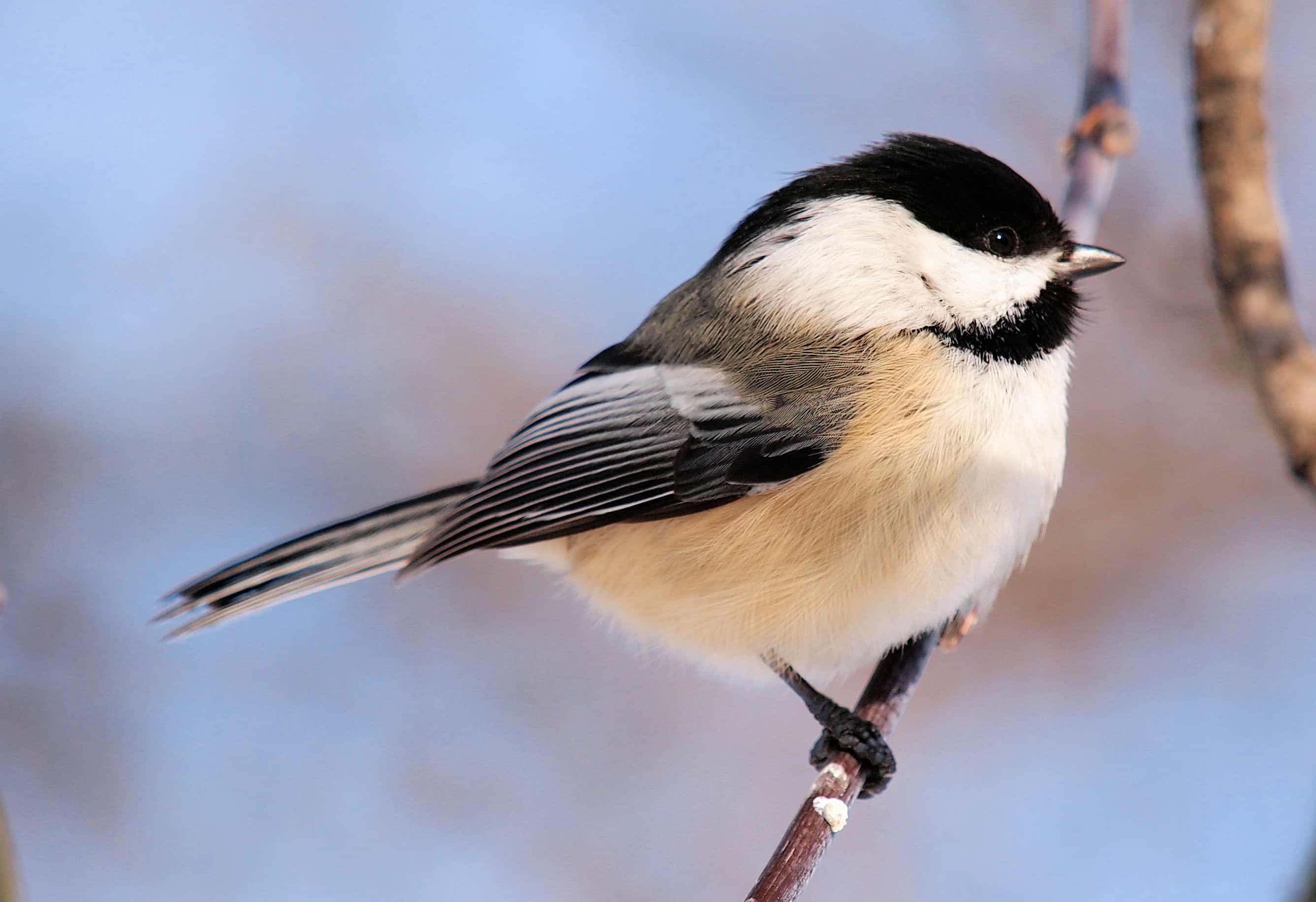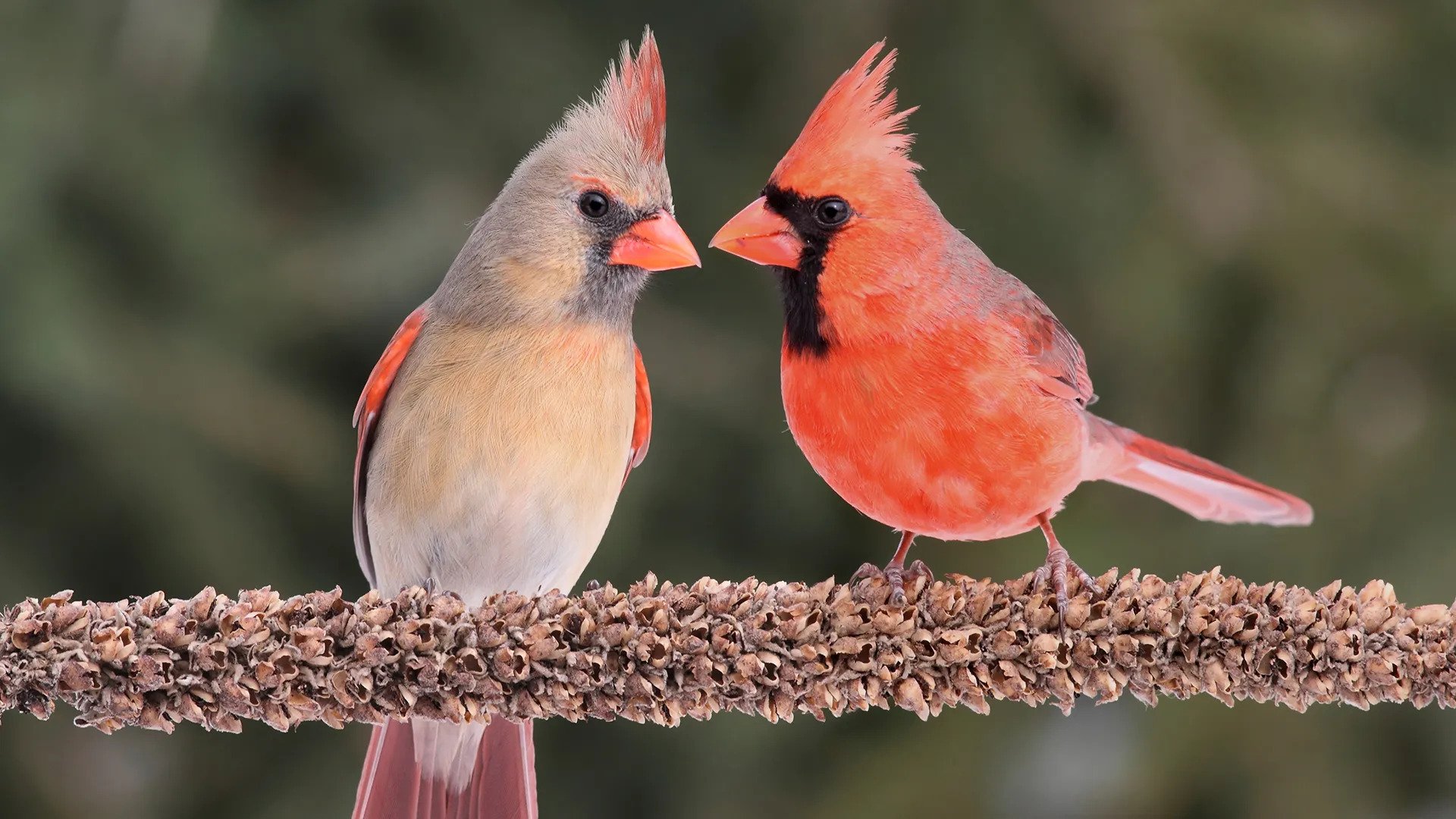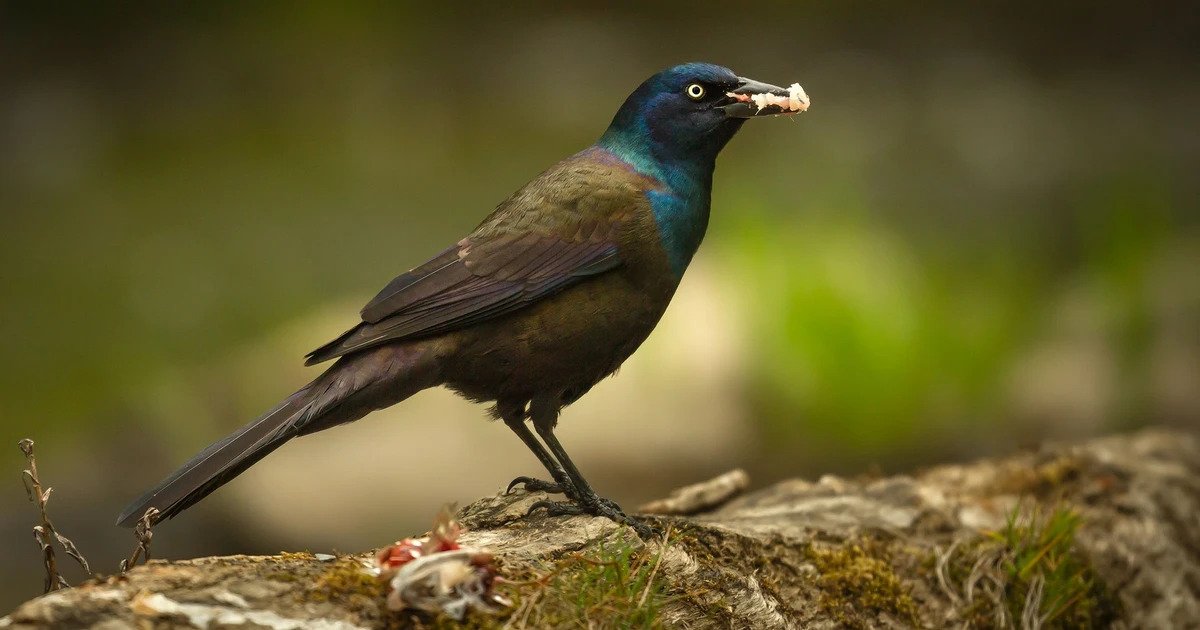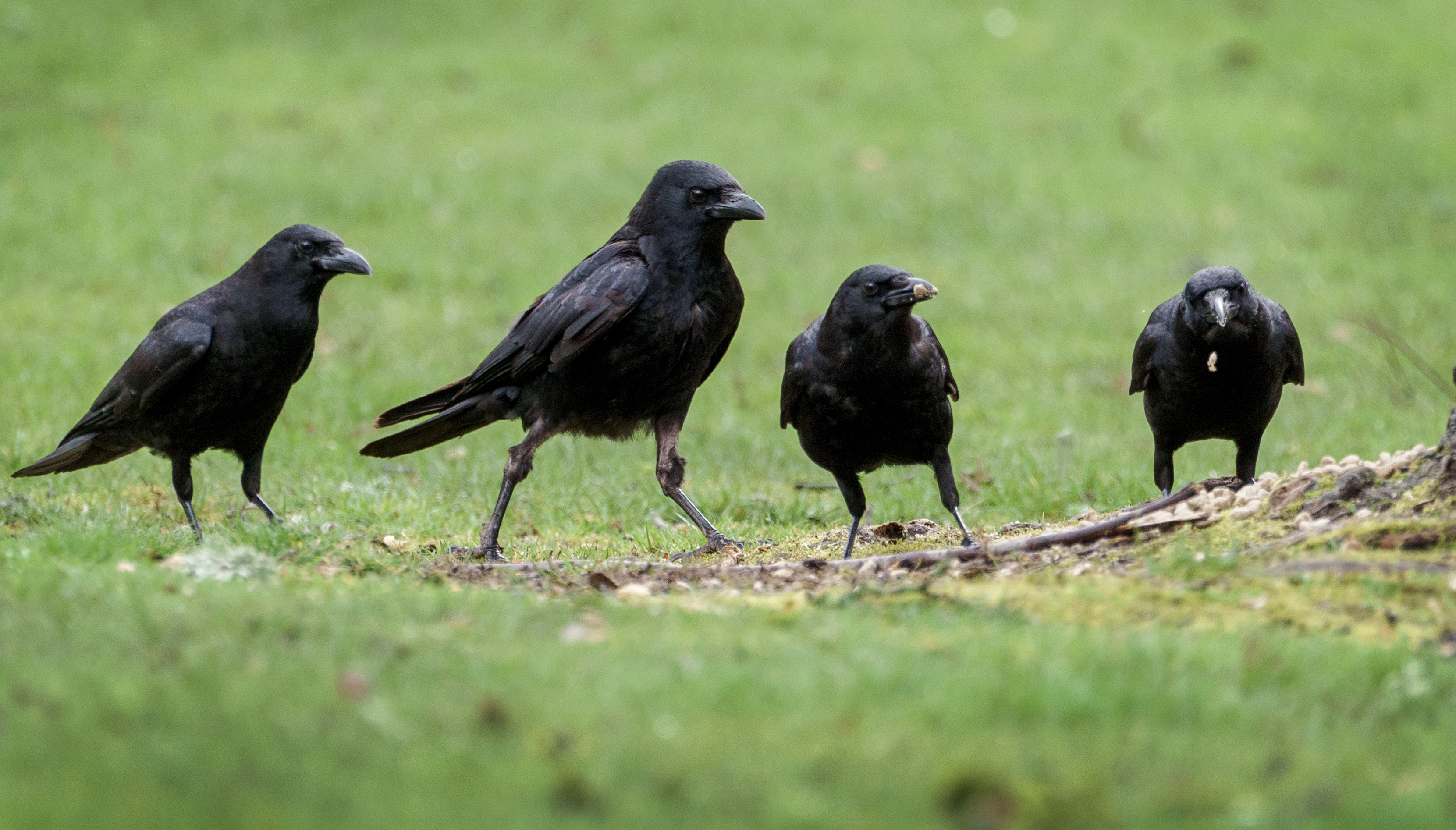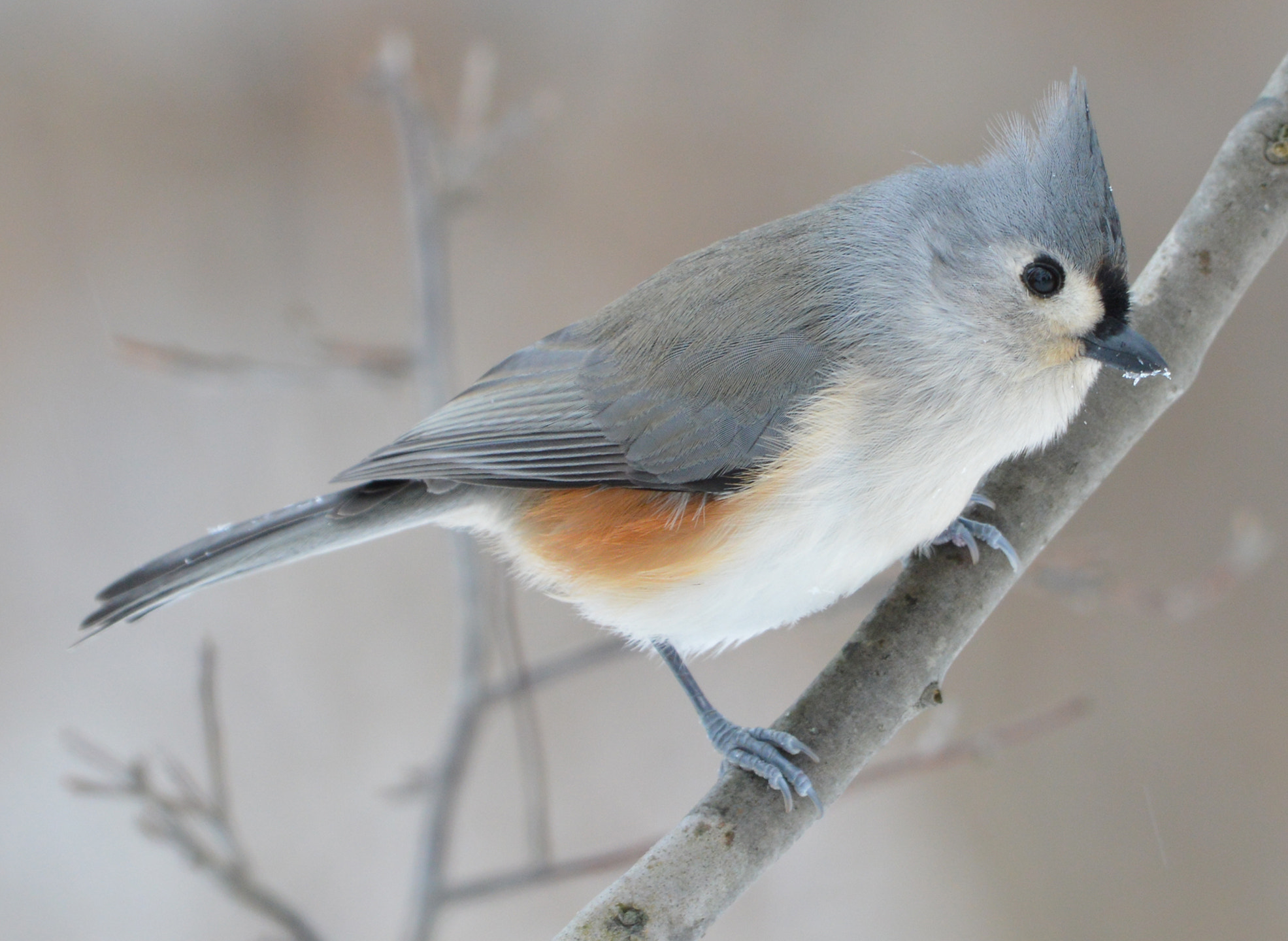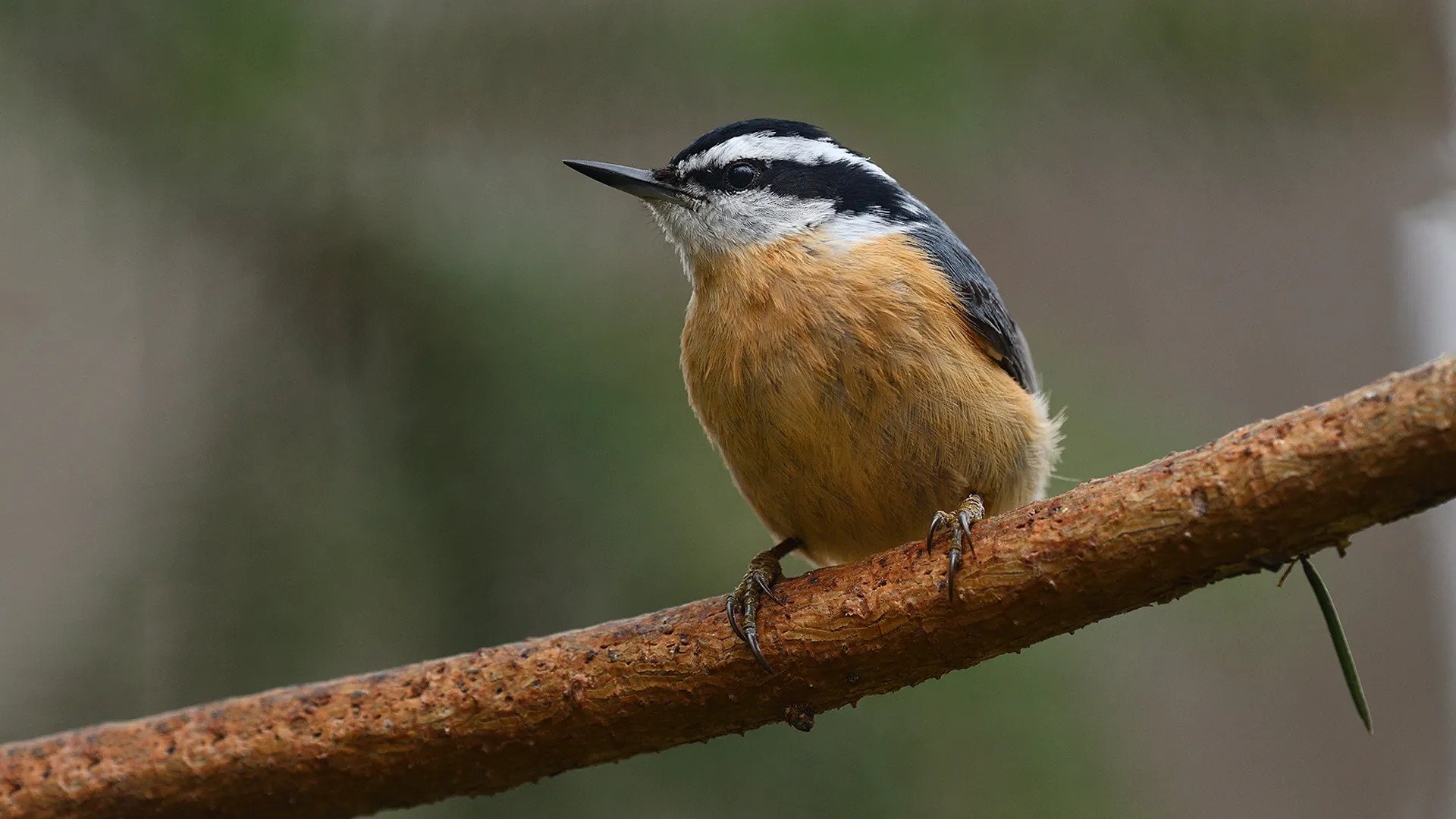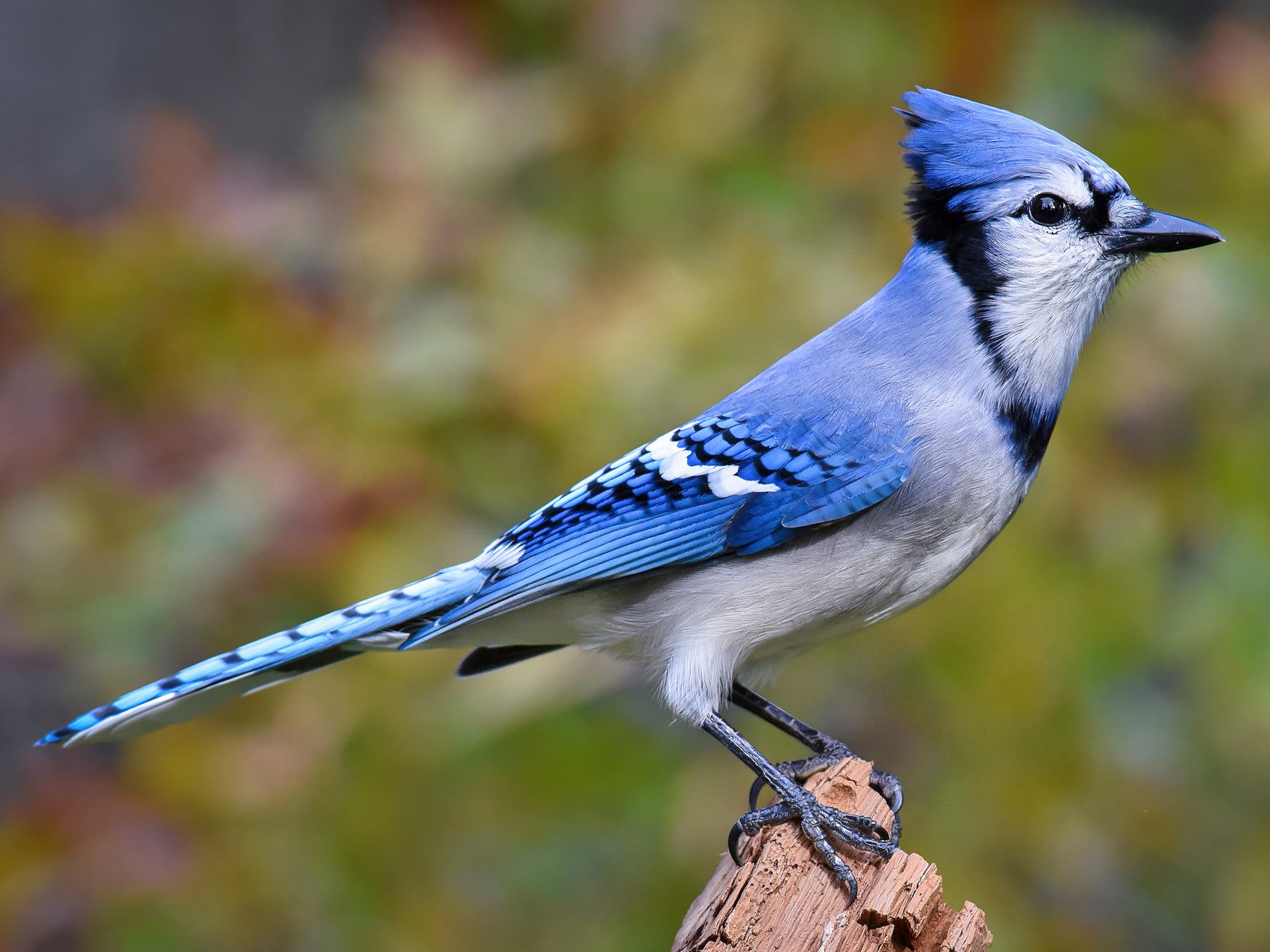Can Birds Eat Peanuts? - Discover Which Birds Love Them
So can birds eat peanuts? It may come as a surprise that a diverse range of birds have a fondness for this particular treat. Among these avian enthusiasts are beautiful blue jays, vibrant cardinals, gentle doves, and even various wild bird species!
Author:Maya ReyesReviewer:Sophia HarperOct 10, 202389.9K Shares1.3M Views
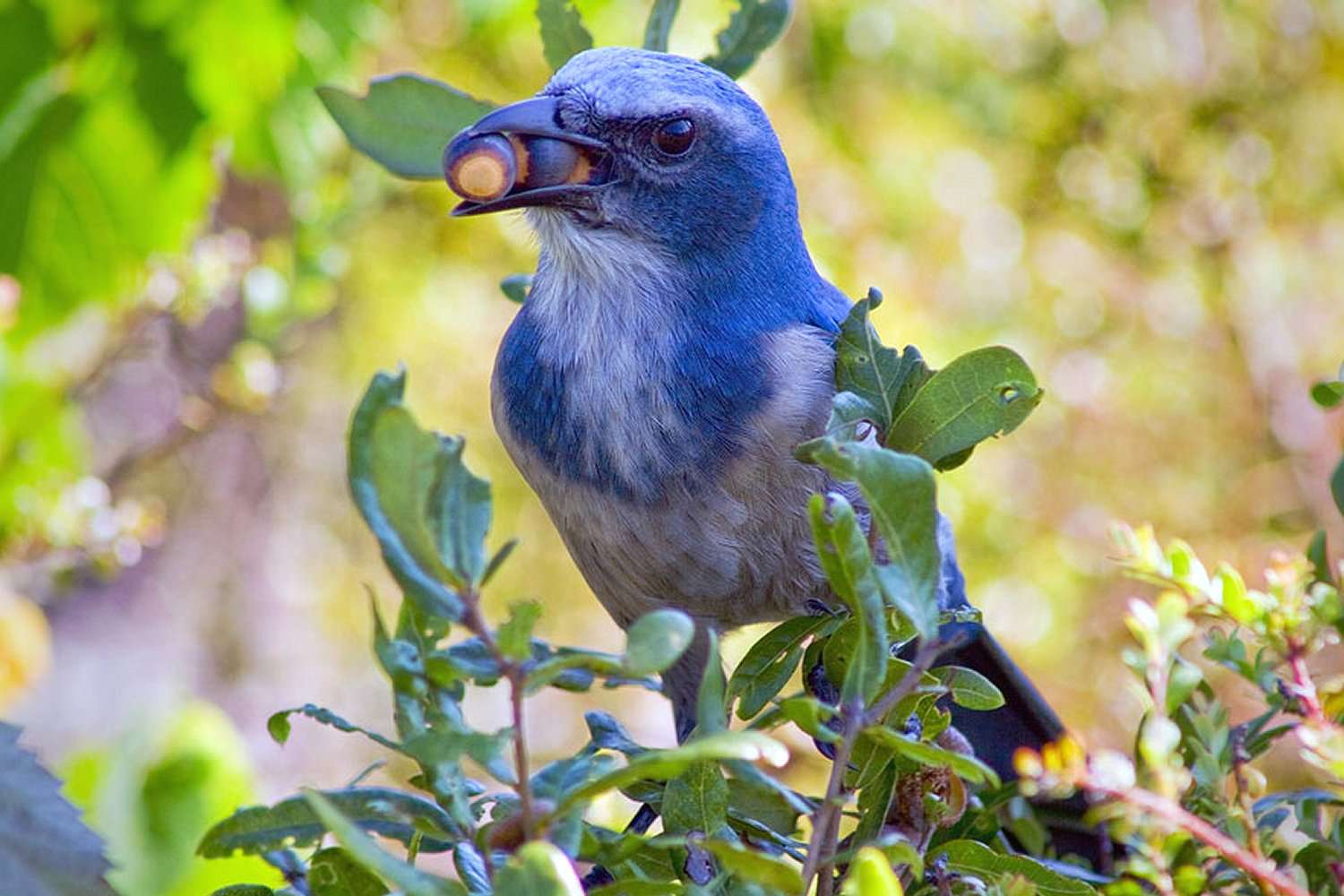
So can birds eat peanuts? It may come as a surprise that a diverse range of birds have a fondness for this particular treat. Among these avian enthusiasts are beautiful blue jays, vibrant cardinals, gentle doves, and even various wild bird species!
The edible peanut seeds, known for their rich protein and fiber content, provide a nutritious and wholesome food source for birds, especially during the winter months. Let's continue to explore the feathered friends who appreciate peanuts and how they prefer to have them served.
Do Birds Eat Peanuts?
Peanuts rank among the most popular foods for enticing wild birds to your garden. Rich in protein and fat, they prove to be a magnet for various avian species, including tits, finches, jays, nuthatches, and woodpeckers.
Interestingly, peanuts are not true nuts; they belong to the legume family, closely related to beans. Occasionally, they are marketed under the names "monkey nuts" or "ground nuts."
While they have been cultivated for millennia, it wasn't until the 19th century that peanuts were considered more than just animal fodder. These annual herbaceous plants, originally from South America, are now cultivated on multiple continents, with China, India, the USA, Nigeria, and Indonesiastanding as the world's primary peanut producers.
What Birds Eat Peanuts?
Woodpeckers
These birds, renowned for their remarkable wood-drilling skills, maintain a diverse diet that encompasses both insects and nuts. Their specialized bills allow them to chisel into trees and extract insects and larvae from the wood. Additionally, they take pleasure in consuming various nuts, including peanuts.
Observing woodpeckers feeding on peanuts in bird feeders is a common sight. They particularly favor shelled peanuts for their ease of access. With their robust jaws, woodpeckers can effortlessly crack open the shells. Shelled peanuts not only serve as a food source but also provide essential nutrition, aiding woodpeckers in maintaining healthy feathers and a robust metabolism.
Maintaining cleanliness in the feeder is vital, as hygiene plays a pivotal role in the well-being of these birds. During warm weather months, it's advisable to refrain from placing peanuts in the feeder, as they can quickly spoil due to moisture and high temperatures. Furthermore, it's essential to avoid offering salted or flavored peanuts, as these can negatively impact the birds' health. Providing shelled peanuts proves to be an excellent method for attracting these distinctive wood-drilling birds while meeting their nutritional requirements.
Chickadees
To gain a more comprehensive understanding of chickadees' dietary preferences, let's delve into the types of peanuts they favor:
- In-Shell Peanuts:Chickadees have the knack to crack open the shells to access the nuts inside.
- Unsalted Peanuts:They consume unsalted peanuts just as they are.
- Peanut Butter:Chickadees typically lick peanut butter off a feeder or branch.
Chickadees exhibit remarkable adaptability when it comes to consuming peanuts. An intriguing behavior they display is their tendency to hide food, including peanuts when available, for later consumption. When offering peanuts to chickadees, ensure you use an appropriate feeder designed to keep the peanuts dry and provide easy access for these resourceful birds.
Cardinals
Scarlet Admirals are a bird species known to relish peanuts. These petite, vibrant red-colored birds are frequent visitors to backyard feeders, commonly seen in eastern North America. Their strong, sharp bills are uniquely adapted for cracking seeds and nuts, including peanuts.
While Scarlet Admirals also enjoy other food sources like small insects, fruits, and berries, peanuts constitute a significant part of their diet. It's important to emphasize that while these birds have a preference for peanuts, they should still have access to a varied diet to maintain their overall health.
Interestingly, feeding birds with peanuts carries a potential risk of aflatoxin poisoning if the nuts are not stored properly. Aflatoxins are harmful carcinogens produced by specific molds naturally occurring in food crops, including peanut kernels.
To mitigate this risk, ensure that your peanut-based birdfeed is stored away from moisture and treat it as a perishable item before offering it to cardinals or any other bird species that enjoy these little nuts. Incorporating this safety measure into your backyard bird-feeding routine ensures that both you and your feathered friends can continue to enjoy this activity season after season without any issues.
Grackles
These dark-colored birds, scientifically known as Quiscalus quiscula, exhibit a particular fondness for peanut-based diets, particularly during the winter months. This bird species is noted for its assertive behavior and intelligence, which manifest in distinctive feeding behaviors.
They display the skill of extracting nuts from their shells, often requiring multiple attempts to retrieve a single nut. It's not uncommon to see them hopping with a nut in their beaks while working diligently to crack it open.
Grackles are also recognized for their communal feeding tendencies. They tend to gather in flocks, joining forces with other grackles when dining on peanuts or any other available food. These birds are frequently spotted perched on bird feeders and birdhouses, eagerly partaking in whatever sustenance is on offer.
Interestingly, Grackles have been associated with superstitions of bad luck in various cultures due to their raucous behavior and perceived uncleanliness. However, it's important to note that there is no scientifically proven connection between these birds and misfortune.
Crows
These highly intelligent birds, often categorized as carrion eaters or scavengers, are a common sight in urban environments and have a strong affinity for peanuts. Here's a breakdown of some fascinating aspects of these astute corvids:
Crows have been observed demonstrating tool usage in the wild, allowing them to access food from otherwise hard-to-reach places. Their remarkable intelligence has inspired mythological interpretations throughout human history.
These birds are also renowned for their exceptional memory, particularly in recognizing faces. In a notable study, they were capable of identifying individuals who posed a threat to them, even after a month had elapsed.
In more recent times, a video showcasing a crow solving an eight-step puzzle originally designed for children has garnered significant attention on social media. This remarkable feat further underscores their growing list of impressive cognitive abilities.
Titmice
The small bird species scientifically known as Baeolophus bicolor, commonly referred to as Tufted Titmice, are renowned for their fondness for peanuts. These birds belong to the Paridae family and are easily recognizable by their small, grey bodies adorned with a perky crest atop their heads.
Titmice are known for their gentle and melodious voices, often accompanied by quick and agile movements among trees. They can be found across a wide range, spanning the United States, Mexico, and Central America. Their short bills and nimble dexterity allow them to crack open peanuts with ease.
In addition to their nutty preferences, titmice also includes insects such as ants, beetles, caterpillars, and spiders in their diet. This diverse palate makes them valuable allies for gardeners seeking natural pest control without resorting to harmful chemicals.
For those interested in providing sustenance to titmice, shelled peanuts or sunflower seeds are the preferred choices. These options are less susceptible to spoilage when compared to peanut butter or fresh peanuts, ensuring a reliable and wholesome food source for these delightful birds.
Nuthatches
Nuthatches, small and nimble birds armed with powerful bills and sharp claws, possess a unique feeding technique. They often commence with the larger end of nuts or seeds and employ their hammer-like bills to crack them open. Peanuts are among their favored treats, and they're known to stash away food in crevices for future meals.
These avian wonders can be found all around the world, boasting over 20 different species that exhibit variations in colors and sizes. Their distinctive behavior includes acrobatic feats like skittering upside-down along branches and tree trunks in their quest for insects, nuts, or seeds.
Nuthatches also possess distinct vocalizations. Some produce sounds akin to honking geese, while others emit harsh, nasal notes. Particularly noteworthy is the Eurasian nuthatch, which has the ability to mimic the calls of other bird species.
Intriguingly, folklore has it that Nuthatches were believed to bring good luck by hammering on trees, as this act was thought to ward off malevolent spirits from households. Nuthatches are captivating little creatures that enrich our ecosystem, primarily through their love for peanuts!
Blue Jays
These birds exhibit remarkable intelligence and possess a keen memory when it comes to locating their stored peanuts. Blue Jays stand out with their distinctive method of holding peanuts in their robust beaks while using their tongues to crack them open.
An intriguing point to consider is that the nutritional value of peanuts for birds can be affected by whether they are raw or roasted. It is advisable to offer unsalted, unshelled peanuts as opposed to peanut butter, which often contains added sugars that can be detrimental to the birds' health.
If you wish to attract Blue Jays to your feeder, consider incorporating colorful objects into your backyard. These vibrant hues can pique their curiosity and lead to more frequent visits.
What Birds Eat Peanuts In The Shell?
Not all birds can handle peanuts in their shells, but larger bird species like jays, jackdaws, crows, and magpies find it quite enjoyable to tackle the challenge. On the other hand, smaller birds such as robins, sparrows, and wrens might benefit from shelled peanuts, allowing them to access nutritious treats quickly and reducing the risk of falling prey to predators. The use of guardian bird feeders can also assist smaller birds in feeding without feeling threatened by larger avian species.
If you choose to provide peanuts in their shells, there are creative ways to enhance the experience for birds. You can string them together and hang them around your garden or insert them into holes in trees or logs. This adds an element of enrichment to their feeding process.
How To Feed Peanuts To Birds
Whole peanuts in their shells are a hit with larger garden birds and an excellent method to encourage birds to engage in natural foraging behavior. Birds like jays, jackdaws, crows, and magpies relish peanuts in their shells, and even smaller species such as blue tits have been observed breaking open the shells to access the tasty nuts inside.
To offer whole peanuts, you can place them on a bird table or ground feeder. Alternatively, stringing them on sturdy thread and hanging them around your garden is another option. For woodpeckers and nuthatches, you can insert whole peanuts into holes drilled into a log or branch.
Crushed or kibbled peanuts are ideal for smaller birds like wrens or robins. These birds can quickly consume the smaller pieces, reducing the risk of predators such as cats or birds of prey catching them while they feed. You can also enhance a suet fat cake with crushed peanuts, providing a nutritional treat to birds, especially beneficial during the chilly winter months.
Specially designed peanut bird feeders made from steel mesh or wire with 6 mm holes are available for purchase. These feeders require birds to peck at the nuts, allowing them to retrieve only small pieces at a time. Additionally, these peanut feeders are often designed to be squirrel-proof, as peanuts are a favorite food of squirrels, and they may otherwise deplete the entire supply intended for your garden birds.
People Also Ask
Do Birds Eat Peanuts In The Shell?
Peanuts in their shells have a hard outer covering, so they need a special beak to open them. This makes peanuts in shells appealing to birds with big beaks below. To break the shell, birds usually grip the peanut with their feet or put it in a hole that's the right size and peck at it until they can get to the nut inside.
Will Birds Eat Peanuts?
Birds like peanuts in their backyard because they are full of good stuff. Peanuts have protein that helps birds get bigger and fat that gives them energy. Peanuts also have iron, potassium, fiber, and other things that are good for the birds.
Which Birds Eat Peanuts?
Here are some common birds you'll see in your backyard enjoying peanuts: Chickadees, Crows, Dark-eyed Juncos, Doves, Grackles, Jays, Northern Cardinals, Nuthatches, Pyrrhuloxia, Ravens, Woodpeckers, Titmice, Towhees, Tits, and Wrens.
Conclusion
The answer to the question, "Can birds eat peanuts?" is a resounding yes. As we've explored, a diverse array of birds find peanuts to be a delectable treat. These edible seeds, rich in protein and fiber, offer a valuable source of nutrition, particularly during the challenging winter months. By understanding the preferences of these feathered friends and how they enjoy their peanuts, you can create a bird-friendly haven in your backyard, fostering a deeper connection with the natural world around us.

Maya Reyes
Author
Maya Reyes’s wanderlust was sparked in the temples of Luang Prabang, where the scent of lemongrass and the chants of monks revealed the transformative power of travel.
Since then, her journey has been defined by cultural immersion and authentic connections. From learning batik in Indonesia to sharing meals with nomadic families in Mongolia, Maya seeks experiences that highlight the human stories behind each destination.
Travel for her is a way to weave her narrative into the world’s cultural tapestry, creating bridges across diverse ways of life. Maya has traveled to 15 countries and shares her insights through writing and storytelling.

Sophia Harper
Reviewer
Sophia Harper’s photography acts as a portal to the soul of the places she visits. Drawn to South America’s landscapes and cultures, she has spent years capturing everything from the majesty of ancient ruins to the vibrancy of urban streets.
Sophia’s work isn’t just about documenting moments; it’s about evoking the emotions and stories behind them. A dedicated photographer, she has worked with local communities across South America to capture their rich cultural narratives through her lens.
Latest Articles
Popular Articles
